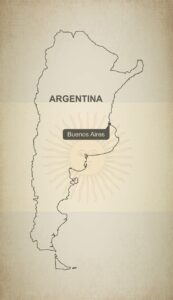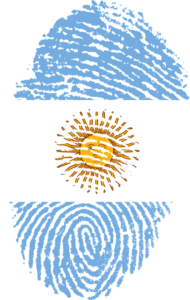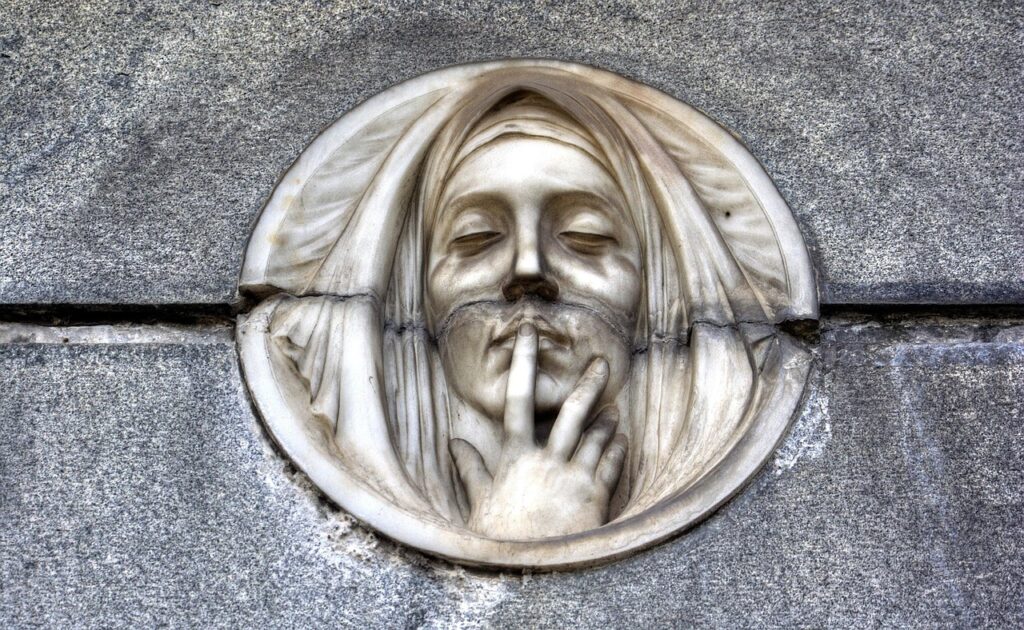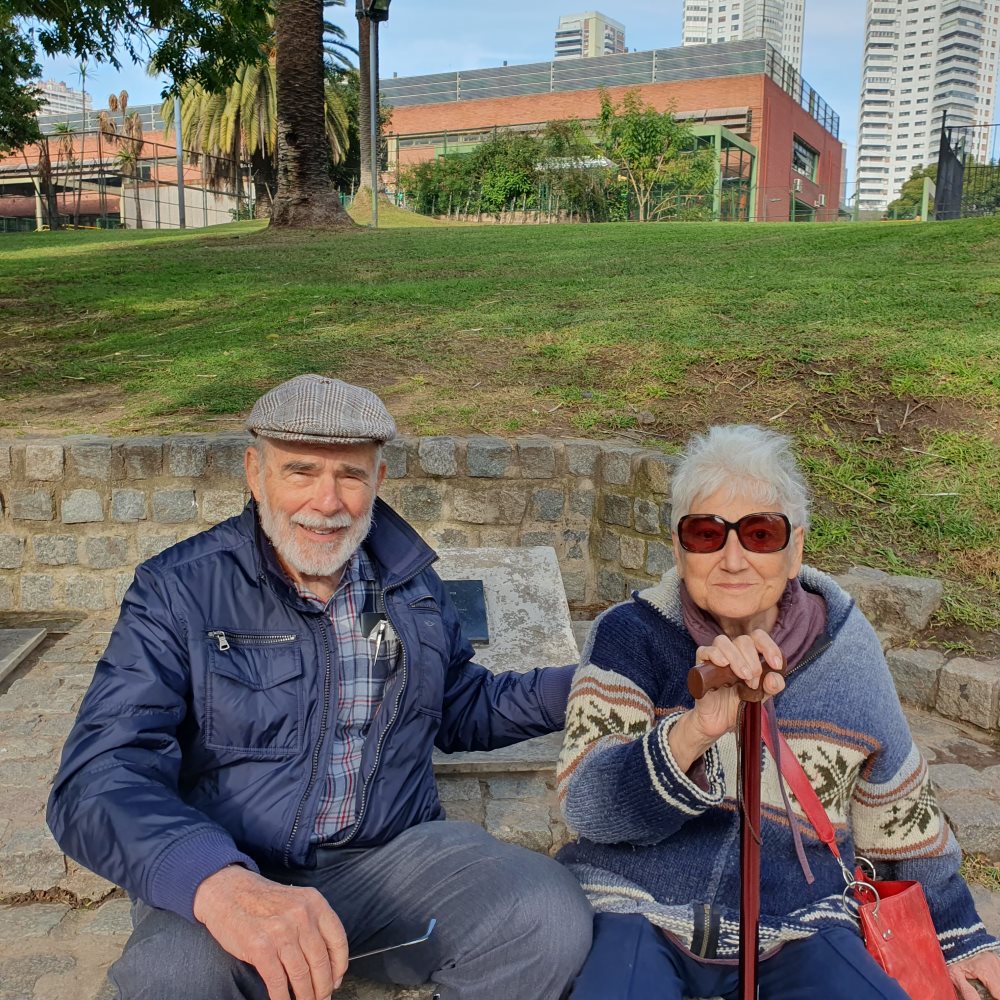Forty-Nine and Counting
Buenos Aires — March 24 brings back vivid memories of 49 years ago.
I was resident correspondent in Buenos Aires for United Press International (UPI), having met Norma, an Argentine X-ray tech, when I arrived in 1973. We married in July 1974, a few days after President Juan Domingo Peron died at 78, unable to finish his third elected term when his heart gave out. By 1976 we had a cute 1-year-old son and a set of boy-girl twins on the way.

Peron’s vice-president, his third wife Isabel, succeeded him in 1974 but wasn’t able to cope with runaway inflation and violent leftist guerrillas who set off bombs, killed and kidnapped people for ransom but were never a real threat to take power. The country was in a mess but the labor-based Peronist movement had no other leaders to offer and neither did the political opposition of the Radical Civic Union, not at all radical but stodgy conservatives.
By March 1976 it became clear that the armed forces were planning to seize control.
That was public knowledge and several expected dates for the takeover were printed in Buenos Aires newspapers.
On March 23, UPI’s sources learned the coup really was imminent. Leaving Norma at our home in the suburbs, I checked into a hotel near the Casa Rosada government house in the city center where I was joined by Claude Hippeau, the jovial Frenchman who was UPI manager for Latin America. We had a relaxed dinner in the hotel and then chatted till a phone call from the UPI bureau alerted us that troops were on their way to stage the coup.
Hippeau and I walked four blocks to the Casa Rosada. An army tank rumbled past us on a dark side street but the tank crew paid no attention to us. There was nothing for us to see at the government house or the historic Plaza de Mayo in front of it. Tanks were not necessary. There was no shooting. I later learned that President Isabel Peron had boarded a military helicopter, supposedly for her security. The presidential guard was in on the plot and she was flown discreetly to a military base as a prisoner. No one rallied in the streets to support the unpopular president.
We didn’t witness the departing helicopter or anything else noteworthy at the Casa Rosada. Hippeau and I went to the UPI bureau, where I spent the rest of the night filing stories based on military communiques broadcast on the radio. The heads of the army, navy and air force announced that they were running things as a military junta. Armed forces commander Gen. Jorge Videla pledged to restore order and end a string of killings blamed on “leftist terrorist delinquents” but actually carried out in many cases by right-wing death squads with police and military tolerance.

What followed that night in 1976 were seven years of harsh military rule by decree with Congress closed, labor unions squelched, universities smothered and the press muzzled by censorship. Clandestine arrests snatched people from schools, jobs and homes without charging them with any crime. Suspected subversives were held in secret prisons where they were tortured and murdered. Pregnant women were held until giving birth to babies who were handed to military and police families to raise as their own while their mothers were executed.
The victims included members of the violent subversive movements but also thousands of others who peacefully protested military rule – or in some cases were unlucky enough to be listed in the address books of their captured friends.
With all power in its hands, the military did a lousy job of running the country and its economy. In 1982, the junta sent troops to invade the British-held Falkland Islands in the South Atlantic in a desperate attempt to rally public support by taking territory long claimed by Argentina as the Islas Malvinas. The invasion failed, many young Argentine draftees died and the military was so unpopular that the generals permitted elections and a return to civilian government. Trials eventually disclosed the extent of the atrocities and some key officers ended their lives behind bars.
* * * * *
March 24 became a national holiday – not a celebration but a time to remember and continue to seek accounting in the face of far-right elements still trying to apologize for the state terrorism.
A lot occurred to me this week on a drizzly day of Southern Hemisphere fall as local TV news showed thousands of people gathering in the Plaza de Mayo to keep alive what is known as the demand for Memory, Truth and Justice. Metal barriers were set up to keep protesters from getting close to the Casa Rosada. Not everyone is happy with the current right-wing government and some in the plaza carried protest signs and shouted angry slogans.
Norma and I left Argentine in 1978, moving on to another wire service assignment in Colombia and then a newspaper job in Miami, followed by enjoyable retirement in Santa Rosa, California. So we weren’t here for what happened until we moved back to Buenos Aires in 2019 but we’re catching up now.
Two things I read in the local newspaper this week reminded me how much the past events are still alive here. Two historian-researchers have published books related to the 1976 coup and its aftermath. One book says the economy minister was the real dictator during the Dirty War, giving orders to the military chiefs to carry out suppression of any dissent. I remember the economy minister, Jose Martinez de Hoz, who was considered a brilliant economist who installed the drastic measures recommended by the “Chicago Boys” to free business of government control and wound up making things worse than before. I questioned his policies but thought of him as a technician chosen by the military to fix things with his superior knowledge. It doesn’t change the outcome to know that he was giving orders to the generals carrying out all those atrocities but it certainly throws a new light on the history.
The other new book supports the estimated number of victims of state terrorism during the Dirty War, 1976-83. Human rights groups have estimated that 30,000 people were “disappeared” by the regime. This takes a bit of explanation. The estimate is based on multiple sources, including press reports of bodies found dumped in the street with gunshot wounds. Official statements at the time said the victims were “subversive delinquents” who died in gunfights with security forces. That may have been true in some cases but many were simply seized, gunned down and left lying. Their families could pick up the bodies and bury them so they didn’t disappear but their names were added to the lists of victims along with records of habeas corpus pleas filed with courts by families searching for missing relatives – and still searching.
The murderers did their best to leave no trace of people killed in the clandestine detention centers. Some were buried in existing cemeteries without identification or in isolated places in the countryside. And, notoriously, many were drugged, loaded on airplanes and tossed alive into the River Plate Estuary or the Atlantic Ocean. Some of those bodies washed ashore and were later identified by their DNA through laborious investigation. Others simply disappeared forever, part of the intention of the killers to erase all trace of their existence. Amazingly, some people survived clandestine arrest and torture, and lived to testify at the trials.
We have visited Buenos Aires’ Remembrance Park overlooking the estuary where stone slabs bear the names of nearly 9,000 victims. I don’t think those chiseled names will ever reach 30,000 but that’s not the point. Like Holocaust deniers who have used tape measures to “prove” that the ovens at Auschwitz could not have held six million victims of Nazi terror, the Argentine “negationists” jeer at the estimate of 30,000 as being an exaggeration – as if the exact number is more important than the fact the state used all its resources to torture and kill thousands of its own citizens, and some foreigners, without accounting for them.

(EDITORS NOTE: An earlier version of Marty’s reminisce of this troubled time in Argentina appeared at The Place For Stories)

Martin McReynolds, 91, is a retired American reporter, photographer and copy editor living in Buenos Aires, Argentina. with his Argentine wife, Irma Norma Perez. .
Martin was born in Los Angeles and graduated from UCLA, where he was 1954 editor of the college newspaper, The Daily Bruin, when it battled restrictions from a hostile university administration during the depths of McCarthyism.
Attracted by Latin people and culture since childhood, he served two years as a U.S. Army draftee, then worked for a small California newspaper as reporter-photographer before going to the Dominican Republic in the Caribbean in 1961 as a freelancer to cover the turbulent events that followed the assassination of longtime dictator Rafael Trujillo. Hired there by the news agency United Press International (UPI) he spent 20 years as a UPI reporter, photographer, copy editor and bureau chief, mainly in Latin America.
He ended his career with 18 years as copy editor on the Foreign Desk of The Miami Herald and retired to Santa Rosa, California in 2000.

